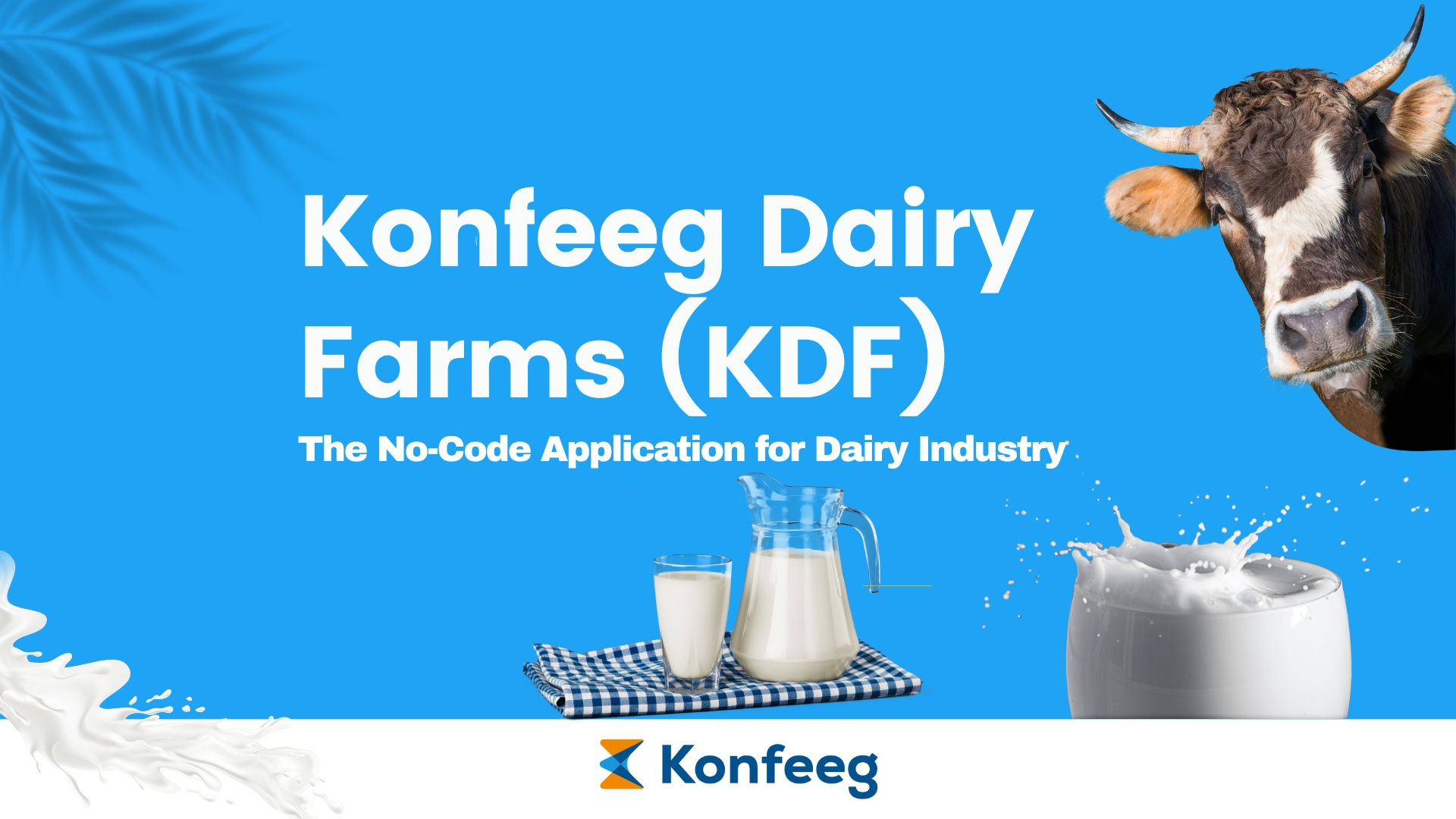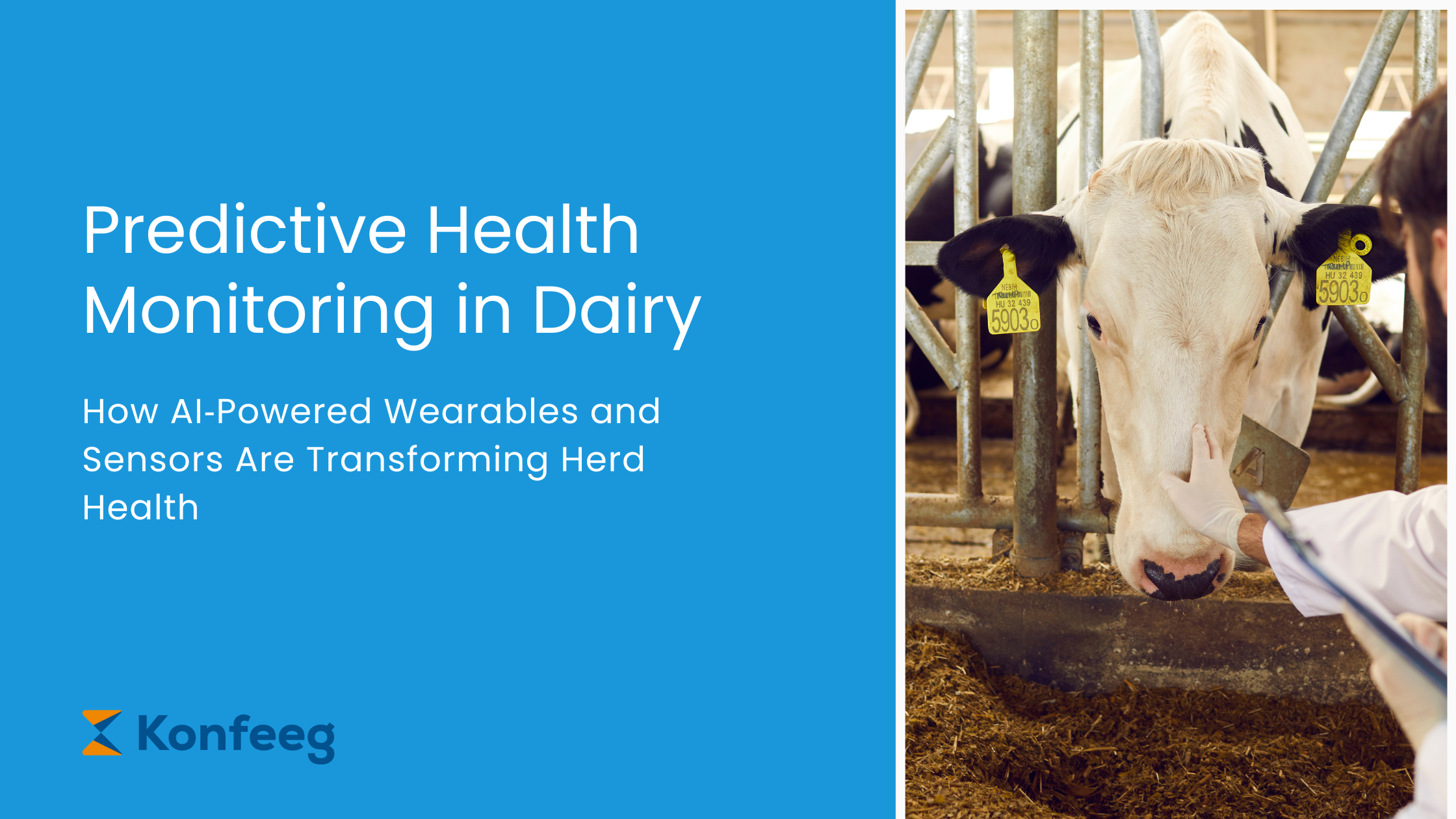Advances in precision livestock farming (PLF) are integrating wearable collars, smart ear tags, bolus sensors, and computer vision systems to continuously monitor cow behavior, temperature, rumination, and activity in real time. These systems capture subtle deviations from normal behavior that often precede visible clinical symptoms.
Table of Contents
Rumination and activity as early warning signs
Scientific studies consistently show that changes in rumination time and activity levels precede disease onset:
- One study of over 300 Holstein cows found that rumination time dropped significantly up to five days before a clinical diagnosis, and reduced “high‑activity” time and increased inactivity were also early indicators of emerging illness.
- In cases of subclinical mastitis, cows showed detectable reductions in rumination time and chew patterns using online sensors—suggesting these metrics can serve as non‑invasive early biomarkers.
- During heat stress, rumination decreased by up to 49% while activity patterns shifted—highlighting the ability of PLF tools to sense thermal distress early on.
AI and machine learning enhance prediction
Machine learning models trained on assorted sensor data have shown high accuracy in predicting disease:
- Neural networks using accelerometer-based rumination/activity data detected early anaplasmosis in calves with 87–98% accuracy, often identifying risk up to 3 days before diagnosis.
- A broader application of sensor‑based monitoring across thousands of cows achieved 98% accuracy in mastitis detection using Random Forest classifiers on behavior data.
- At Texas A&M, researchers have built AI tools and computer vision systems capable of detecting lameness, mastitis, and heat stress by analyzing walking patterns, posture, feeding, and behavioral cues in camera‐based systems with high timeliness and scalability.
Field‑scale validation
On‑farm case studies highlight real‑world benefits:
- In the U.S., farmers using smart collars and ear tags report identifying disease outbreaks like bird‑flu strains earlier—triggering alerts based on reduced feed intake, movement, and rumination before visible symptoms. This has helped avoid costly illness and labor inefficiencies.
- Reddit discussions among dairy farmers and tech professionals confirm that activity and rumination monitors reliably support heat detection, illness spotting, and shift efforts toward subclinical rather than overt cases—boosting herd health and reducing serious clinical illness.
Neck collars, ear tags, and boluses: sensor platforms explained
Sensor types vary by placement and data collected:
- Neck collars often combine accelerometers and rumination monitors to capture head, neck, and general behavior changes (e.g. SCR, SenseHub, Smartbow).
- Ear tags can measure activity, temperature, and location, and some integrate rumination detection—offering lightweight continuous monitoring.
- Rumen boluses provide internal temperature insights and trend analytics, spotting fever and metabolic shifts up to 72 hours before clinical onset, with specificity often above 99%.
Latest innovation: India’s emerging AI‑IoT systems
The Indian Institute of Information Technology (IIIT) Allahabad recently unveiled an AI‑powered video and sensor system that tracks walking, posture, feeding, and rumination in real time. It flags possible conditions like mastitis, lumpy skin disease, and ketosis, sending mobile alerts to farmers—and is now entering field testing. An integrated collar for temperature, heart rate, digestion, and location is under development.
Why it matters
- Timely veterinary action — Earlier detection translates into earlier, more effective interventions.
- Improved animal welfare — Early alerts reduce suffering and prevent severe disease.
- Cost savings — Fewer advanced health issues, reduced labor for routine checks, refined antibiotic use.
- Production efficiency — Healthy cows maintain better fertility, milking performance, and longevity.
Sample workflow in an AI‑powered monitoring setup
- Continuous sensor data capture: rumination, motion, temperature, heart rate.
- Upload to cloud or edge AI platform.
- Machine learning models analyze historical and immediate changes.
- Alerts sent when thresholds or anomalies are detected.
- Farm staff or veterinarian evaluate and intervene early.
- Feedback loops refine models over time, improving precision for each herd.
Closing Thoughts
AI‑powered wearables and sensors for cows—measuring behavior, rumination, temperature, and movement—are proven in studies and field trials to detect illness early, often days before clinical signs appear. Whether it’s mastitis, anaplasmosis, lameness, or heat stress, these systems empower farmers with timely intelligence, better welfare, and stronger productivity.

At Konfeeg, we celebrate the science and innovation in Dairy—embracing technologies that translate cutting‑edge research into real‑world health benefits for cows and producers alike. Our no-code platform Konfeeg Dairy Farms plays a vital role in the digital transformation of dairy industry. Let us help you bring predictive health monitoring into your herd management toolkit. Contact us at hello@konfeeg.com.






